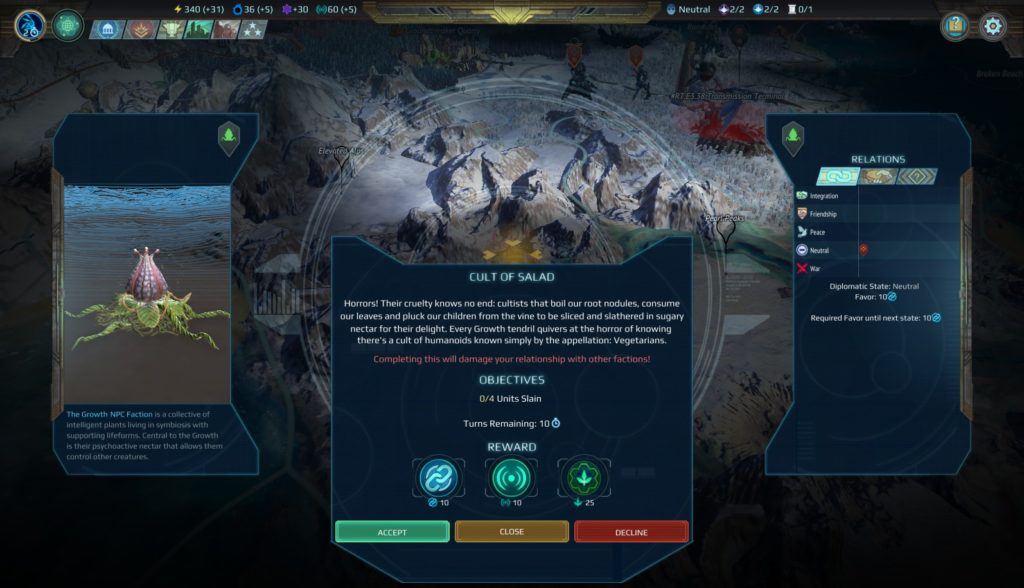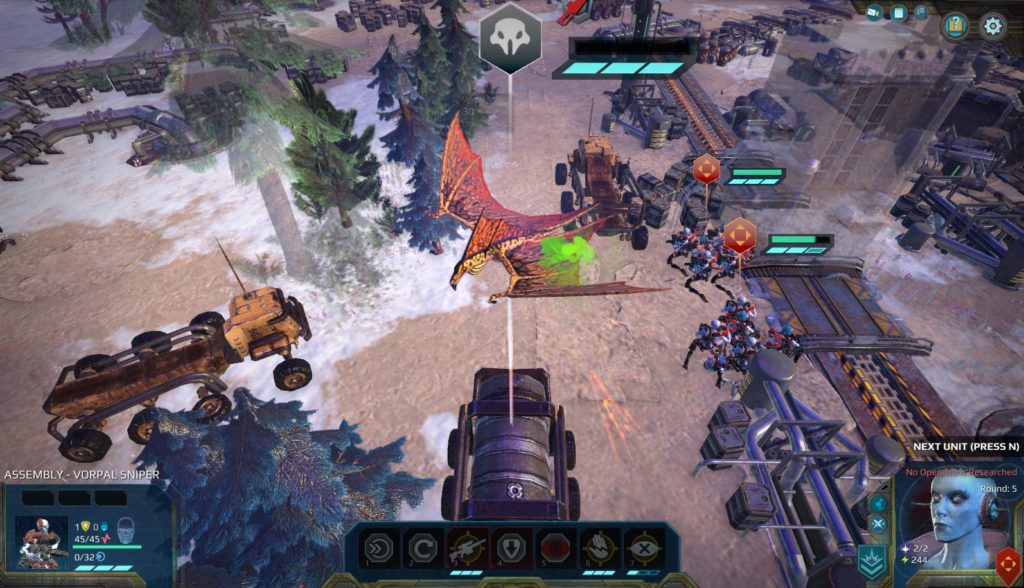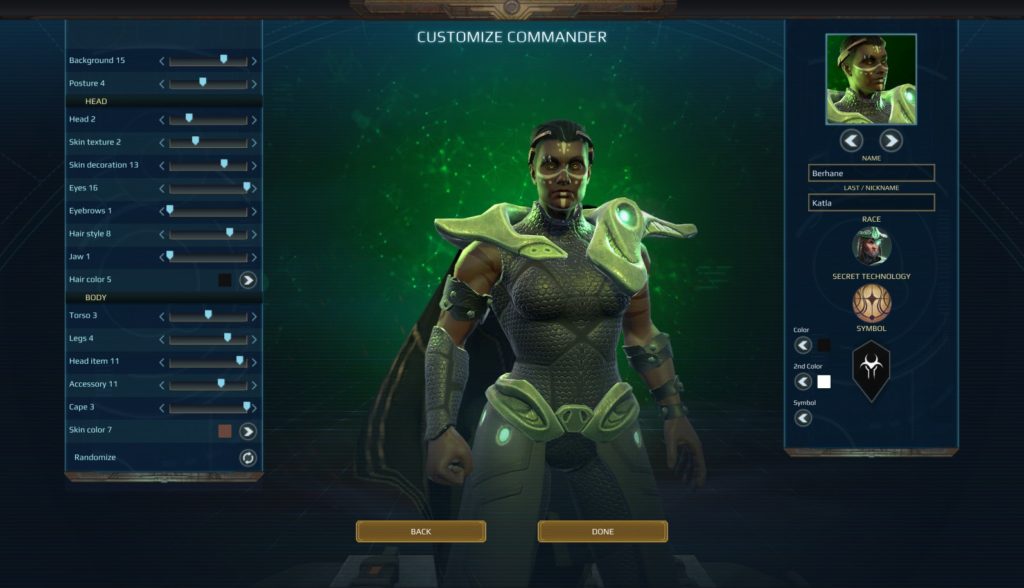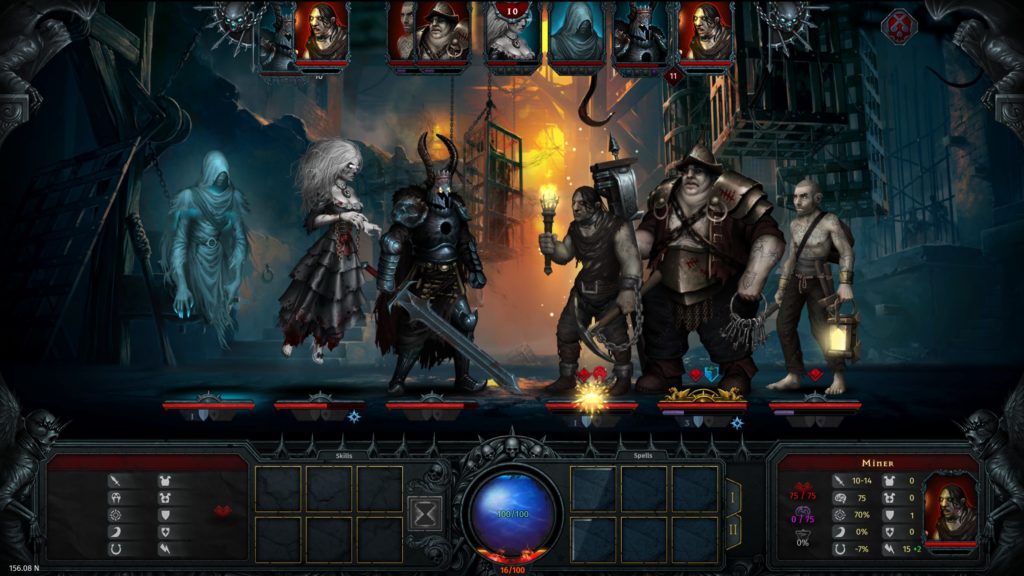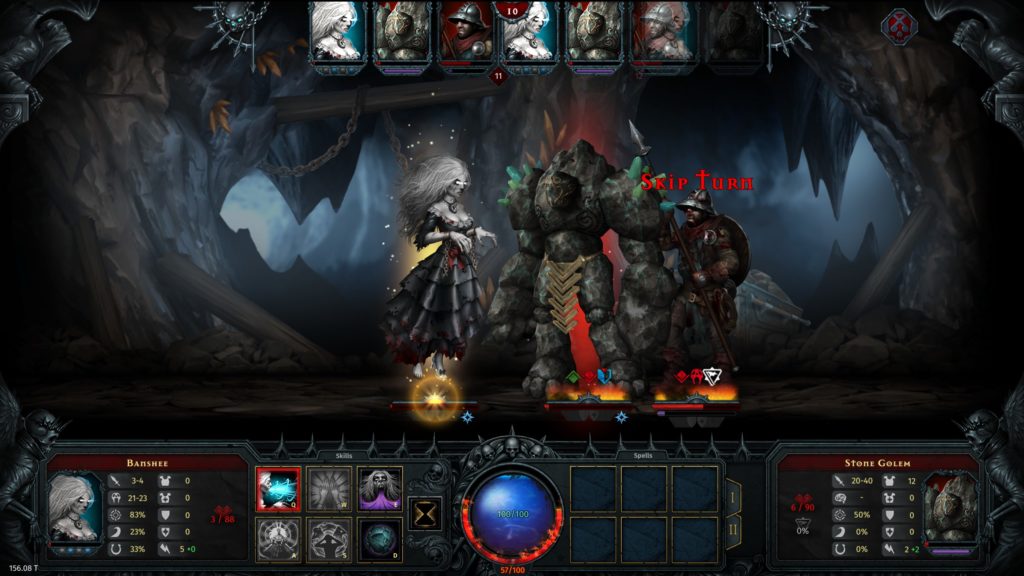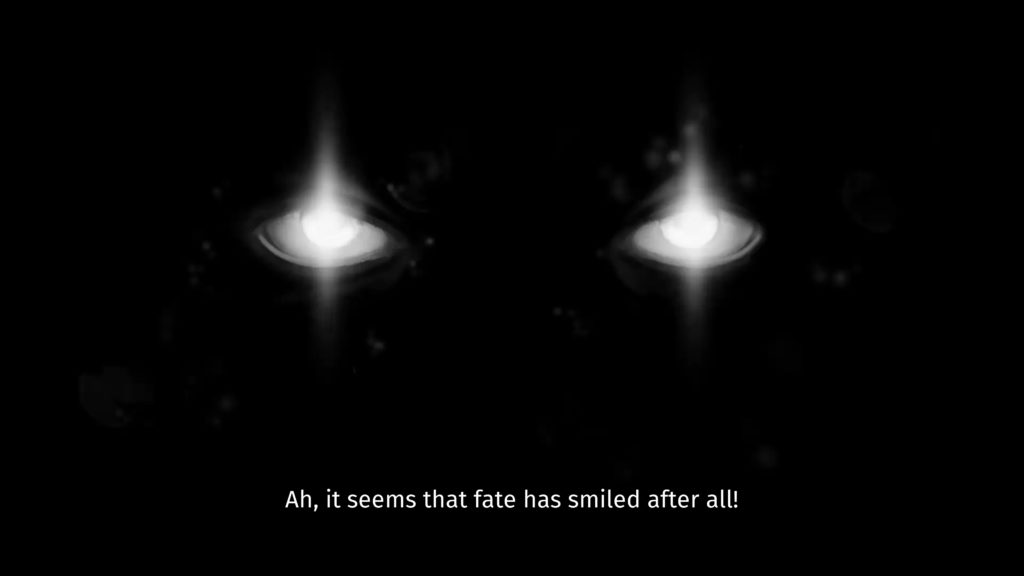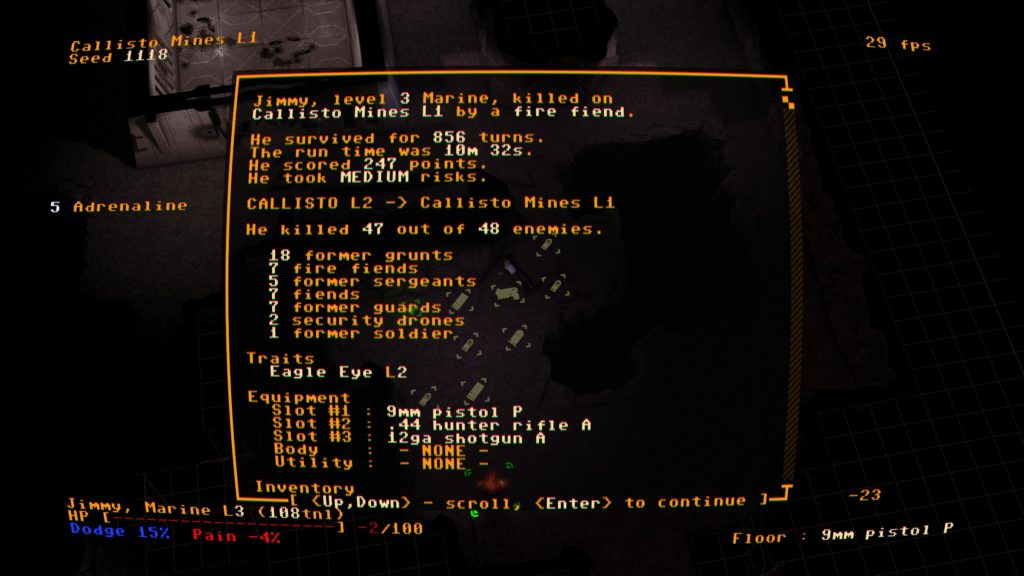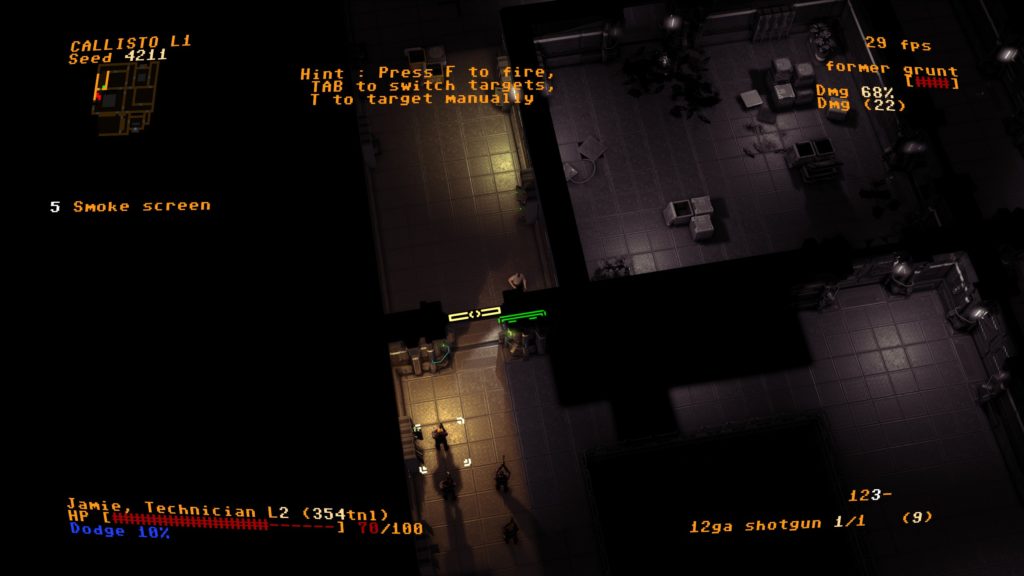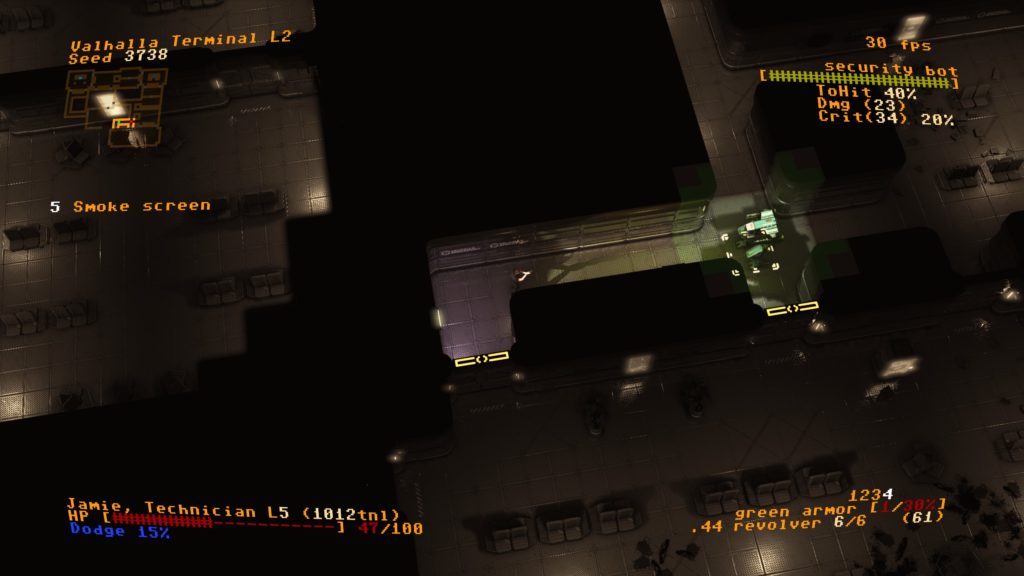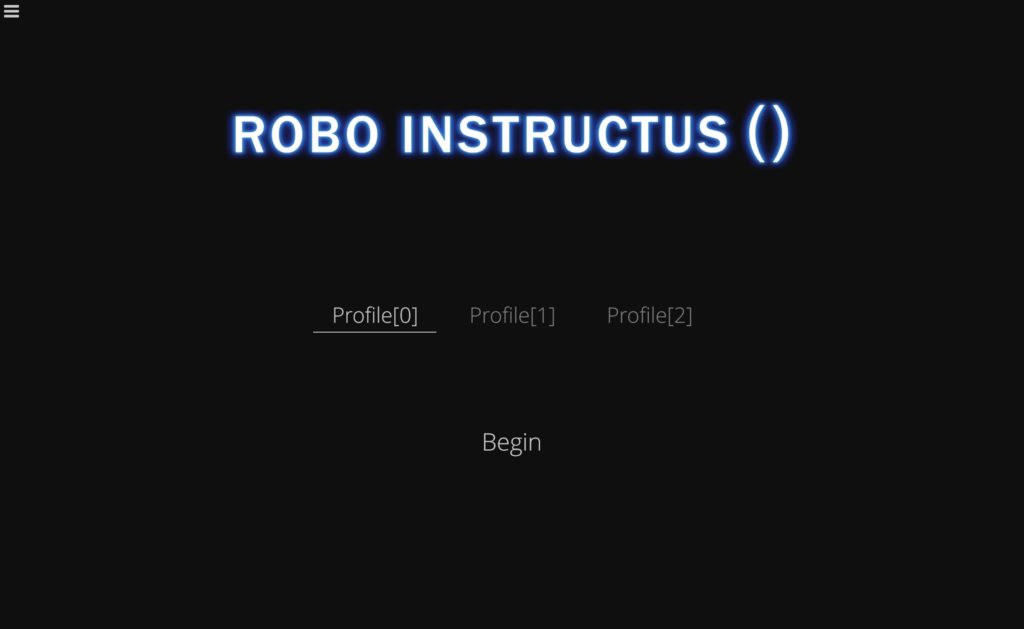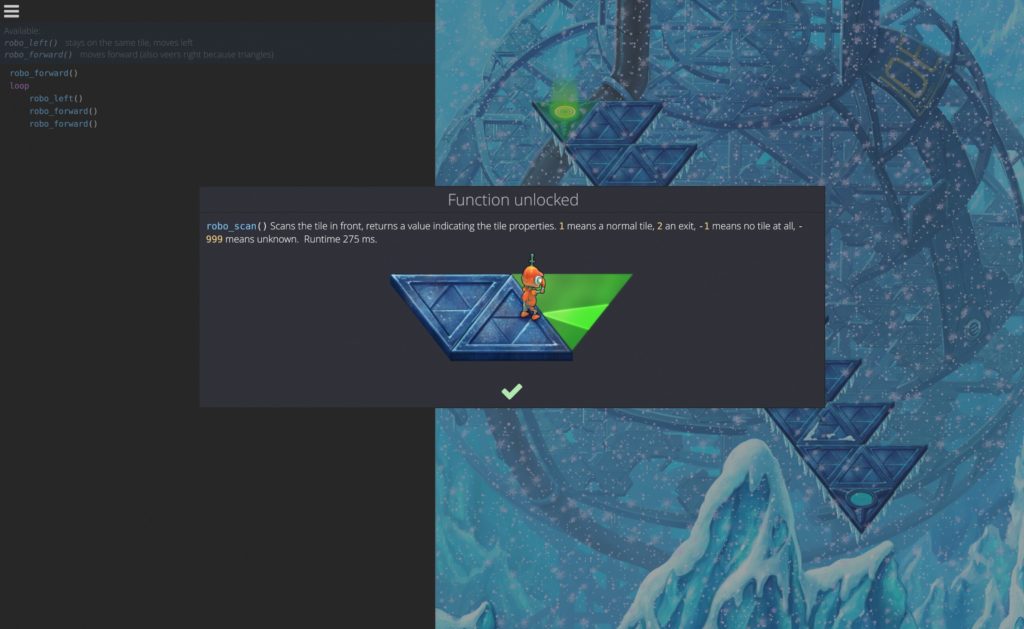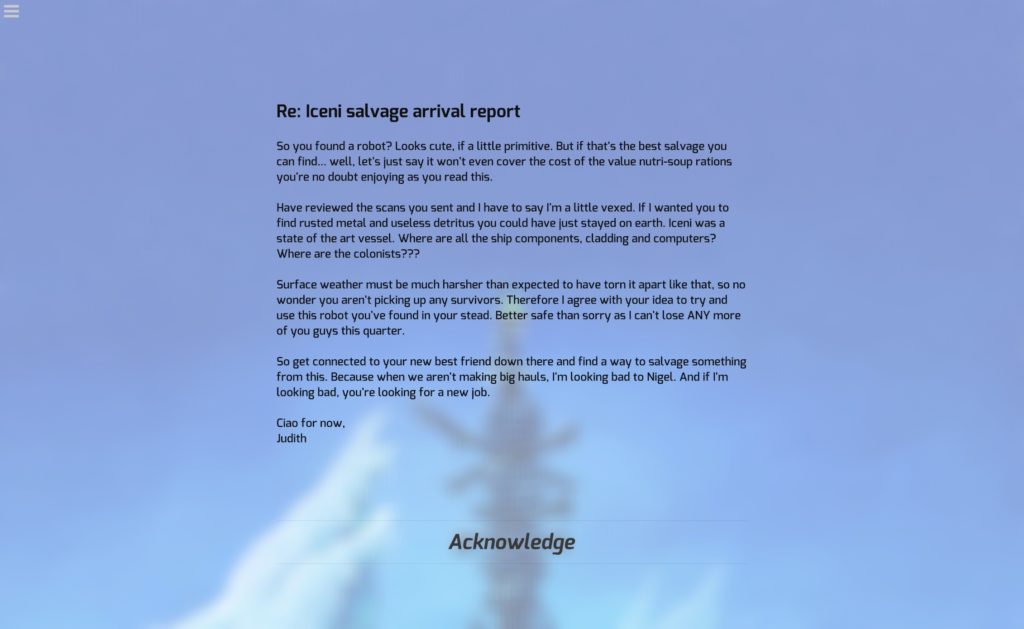Siberian Dawn

Source: Review Copy
Price: Free (£2.99 for Mission Pack 1. And yes, it is apparently possible to get F2P review codes.)
Where To Get It: Steam
Siberian Dawn is, sad to say, a frustrating experience. It has a tutorial, it’s true. A long, multifaceted tutorial that takes the steps in isolation. But when it comes to putting it all together? There’s no helping, beyond a brief help screen that… Isn’t actually that helpful. No tooltips. And… Look, let’s talk about the basics, then we can get into problems, and possible solutions.
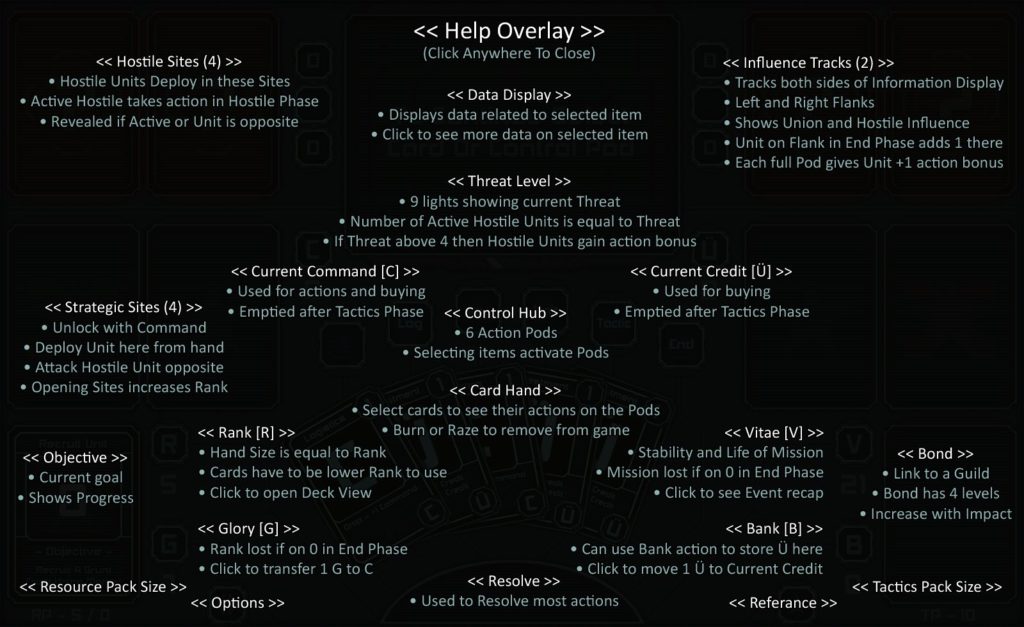
Siberian Dawn is a turn-based tactical card game set in an alternate universe where a russian empire is being assaulted by… Its own robots, seemingly. It has several missions in the base game, and some more in a DLC pack. The unit art is somewhat interesting, even if the UI is… Well, it shifts in and out of visibility on the menu and some of the screens, and, while I’m sure it’s meant to be reminiscent of technology that doesn’t quite work, all it really does is annoy. Finally in the aesthetic end, the music is an ambient loop, which, on the one hand, is suitably threatening. But, by association, it quickly becomes tiresome. Association with what?
Well, with the frustration of playing. As has already been mentioned, the help screen isn’t terribly useful, and the tutorials remove context, while also setting up ideal conditions that… Just don’t exist in the actual missions. A really basic example: Tactics cost command points. Units cost either command points or money to buy, but they also cost Command Points to deploy. And the hand size is based on your rank, while resources “dropped” do not stay outside of their turn. And, since a unit is put into the resource hand, it’s not actually guaranteed you have the resources to play it even if it’s in the hand.
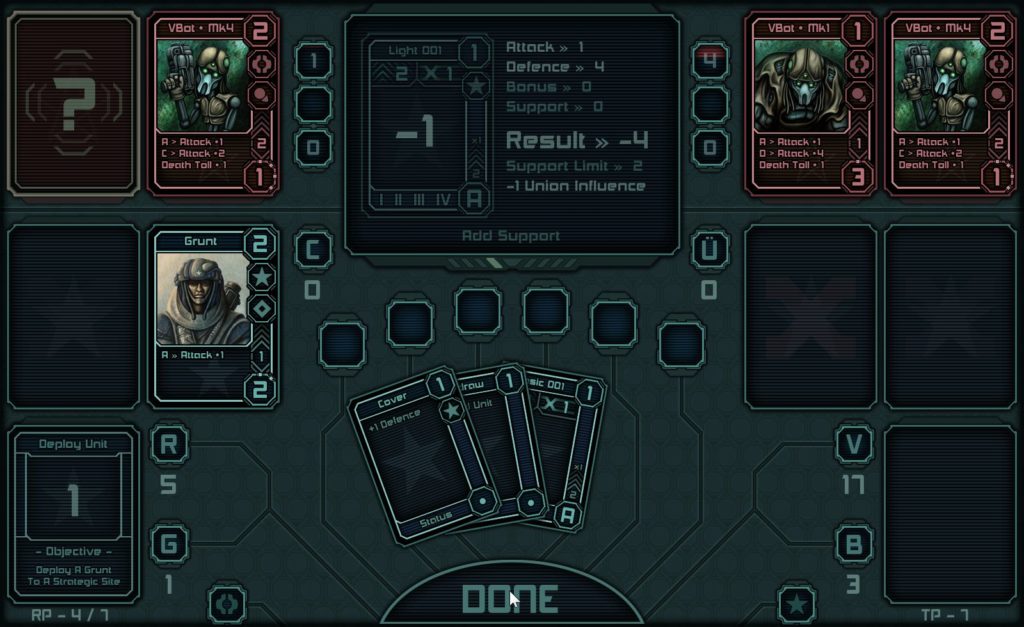
Meanwhile, these robots? No such limitations. They turn up, once a turn, in the first mission, and… Well, the screenshot above says it all, really. Except it doesn’t, because you’d need to correlate the screenshot with the “help” screen to know what the hell is what. There is a mechanic to somewhat help with this, but it’s a painful one: Glory (that’s the G) can be spent to buy command points. But once it goes down to 0, your Command Rank (The R) goes down by 1, which may bar you from getting units. So, generally speaking, robots attack with impunity, while your own units… Not so much. It’s a pretty severe balance issue, and a multifaceted one that doesn’t fully make sense at that. You’ve hired a unit, why… Why do you need extra resources to both deploy the card, and make it attack?
There’s other elements that lack clarity (Well, the majority lacks clarity), so… Honestly, I can’t really recommend this one, even with the base game being free to play, and the Mission DLC being cheap. The mechanics are not taught well, and rely on memorising a long tutorial, the balance is decidedly toward the enemies (You may notice, in this screenshot, Mk 4 robots. They have a defence equal to their rank, as far as I’m aware. So, er, good luck with that!) It just isn’t fun to play from the get go.
The Mad Welshman has excellent bala-WHOOP!


